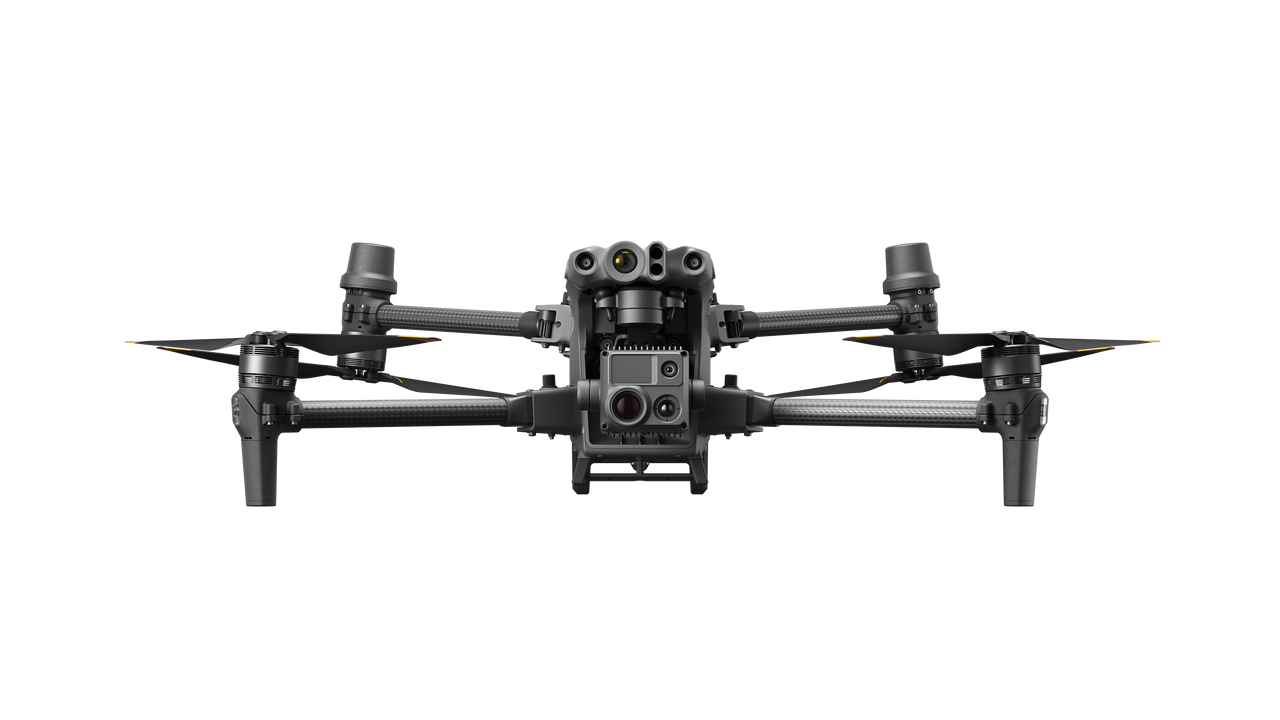By Contributed Guest Article in Energy & Utilities, Surveying & Mapping, Construction
Autonomous vehicles are making their presence felt all around the world. Heavy emphasis on “the world” here. We aren’t just referring to downtown streets bustling with Tesla’s. The countryside, shoreline regions, and even offshore coasts are buzzing as more and more industries rely on drones to take care of what could be seen as the backbone of their maintenance processes.
A Game Changer
Manual means, be they ground-based monitoring or rope-access operation, take six hours or so to inspect a turbine. Meanwhile, self-piloting drones spend no more than 15 minutes on each turbine. Tapping into highly autonomous solutions like NearthWIND Pro can reduce downtime costs and site accidents by 90 and 91 percent, respectively.
These statistics explain why UAV inspections have gained so much ground over the past decade. The efficiency and reliability of drones are hard to beat.
Room for Improvement
That’s not to say UAV technology has run out of room for improvement.
As things stand, inspections are seldom carried out on a regular basis. Not because site managers don’t see the need or lack the resources to do more. It’s just that the logistics behind procuring, transporting, and maneuvering industrial-grade drones remain far too complex. Add to that a severe shortage of skilled licensed pilots, arranging routine inspections becomes nigh on impossible.
The question is, what could be done to overcome these challenges?
Shift in Perspective
Well, let’s first drill down to the root cause. At the crux of the pitfalls holding industries back from conducting inspections on an ad hoc basis is the size and weight of the equipment.
The most obvious workaround would be to try and manufacture heavy-duty drones with cheaper, lighter materials. Had it been all that easy, however, we wouldn’t be having this conversation in the first place.
After months of tinkering with different hardware components from batteries and cameras to routers and sensors, we had to come to terms with the cold hard truth – payloads can only be slimmed down so much.
Perhaps one day, we’ll get to see bite-sized industrial drones become a thing. But it’ll be decades before that comes into fruition, whereas the need for ad hoc checkups is immediate.
Then it hit us. Maybe we’re thinking this all wrong, trying to downsize a piece of equipment already smaller than we ever imagined possible. Maybe, just maybe, we could have standard commercial drones do the work instead.
Making Headway with Miniaturization
And there it is. The very paradigm shift that gave rise to an emerging piece of technology set to spearhead the next generation of O&M.




